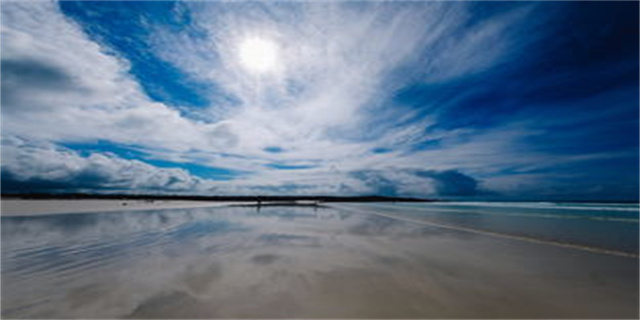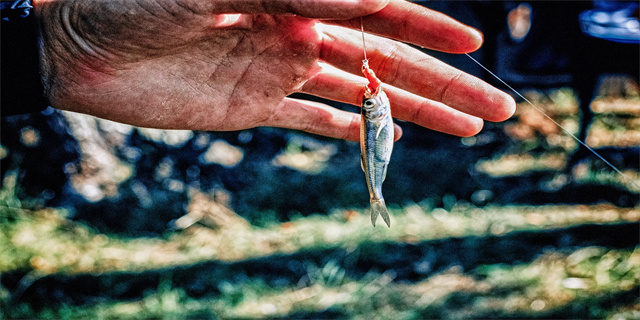latin american(Exploring the Vibrant Culture and Rich History of Latin America)
Exploring the Vibrant Culture and Rich History of Latin America
Latin America, the land of salsa and tequila, Carnaval and tango, is a region that celebrates life and diversity. With a history spanning over millennia, this land has seen the rise and fall of great civilizations, been ravaged by colonialism and slavery, and borne witness to revolutions and struggles for freedom. Today, Latin America boasts a captivating blend of indigenous, European, African, and Asian cultures, each with its unique traditions, music, cuisine, and art. In this article, we will delve deeper into the vibrant culture and rich history of this fascinating region.
The Legacy of Ancient Civilizations
Long before the arrival of Europeans, Latin America was home to many advanced civilizations, such as the Maya, Aztec, Inca, and Moche, which left behind impressive feats of engineering, art, and spirituality. The Maya, for instance, built magnificent stone cities and pyramids in present-day Guatemala, Mexico, Belize, and Honduras, and developed a writing system and calendar. The Aztec, who ruled over a vast empire in central Mexico, built the awe-inspiring Templo Mayor and practiced human sacrifice to appease their gods. The Inca, who ruled over the Andean region of South America, created a vast network of roads and bridges, built intricate stoneworks, and worshiped the sun and the moon. The Moche, an earlier civilization in Peru, crafted exquisite pottery and mural art that depicted their daily life, religious beliefs, and mythology. These ancient civilizations continue to inspire and fascinate people worldwide.

The Impact of Colonialism and Slavery
With the arrival of European explorers and conquistadors in the late 15th and early 16th centuries, Latin America was forever changed. The Spanish and Portuguese claimed vast territories and imposed their language, religion, and culture upon the indigenous peoples. They built imposing churches and palaces, established plantations and mines, and forced millions of Africans to come as slaves to work in brutal conditions. The legacy of colonialism and slavery is still felt today in the racial and social inequalities, the dominant role of the Catholic Church, and the persistence of indigenous languages, costumes, and beliefs. At the same time, Latin America also embraced and transformed European traditions, such as the baroque and neoclassical art and architecture, the music and dance of Spain and Portugal, and the fusion of Afro-Caribbean rhythms with jazz and rock music.
The Spirit of Revolution and Resistance
Despite the many injustices and challenges faced by Latin Americans, the region has also been a cradle of revolutionary movements and struggles for social, political, and economic justice. From the Haitian Revolution of 1791 to the Cuban Revolution of 1959, from the Sandinista Revolution of Nicaragua to the Zapatista movement of Mexico, from the anti-colonial struggles of Simon Bolivar and Jose Marti to the feminist, environmental, and indigenous movements of today, Latin America has seen a constant fight for freedom, dignity, and participation. Many of these struggles have resulted in significant changes, such as the abolition of slavery, the end of military dictatorships, the rise of progressive governments, and the recognition of indigenous rights. Others, however, continue to face repression, violence, and marginalization, showing the ongoing need for solidarity and global awareness.

Latin America is a vibrant and complex region that invites us to explore its history, culture, and identity. By delving deeper into the legacies of ancient civilizations, colonialism and slavery, and revolution and resistance, we can gain a better understanding of the challenges and opportunities that shape this fascinating part of the world.
版权声明:本文内容由互联网用户自发贡献,该文观点仅代表作者本人。本站仅提供信息存储空间服务,不拥有所有权,不承担相关法律责任。如发现本站有涉嫌抄袭侵权/违法违规的内容, 请发送邮件至3237157959@qq.com 举报,一经查实,本站将立刻删除。
